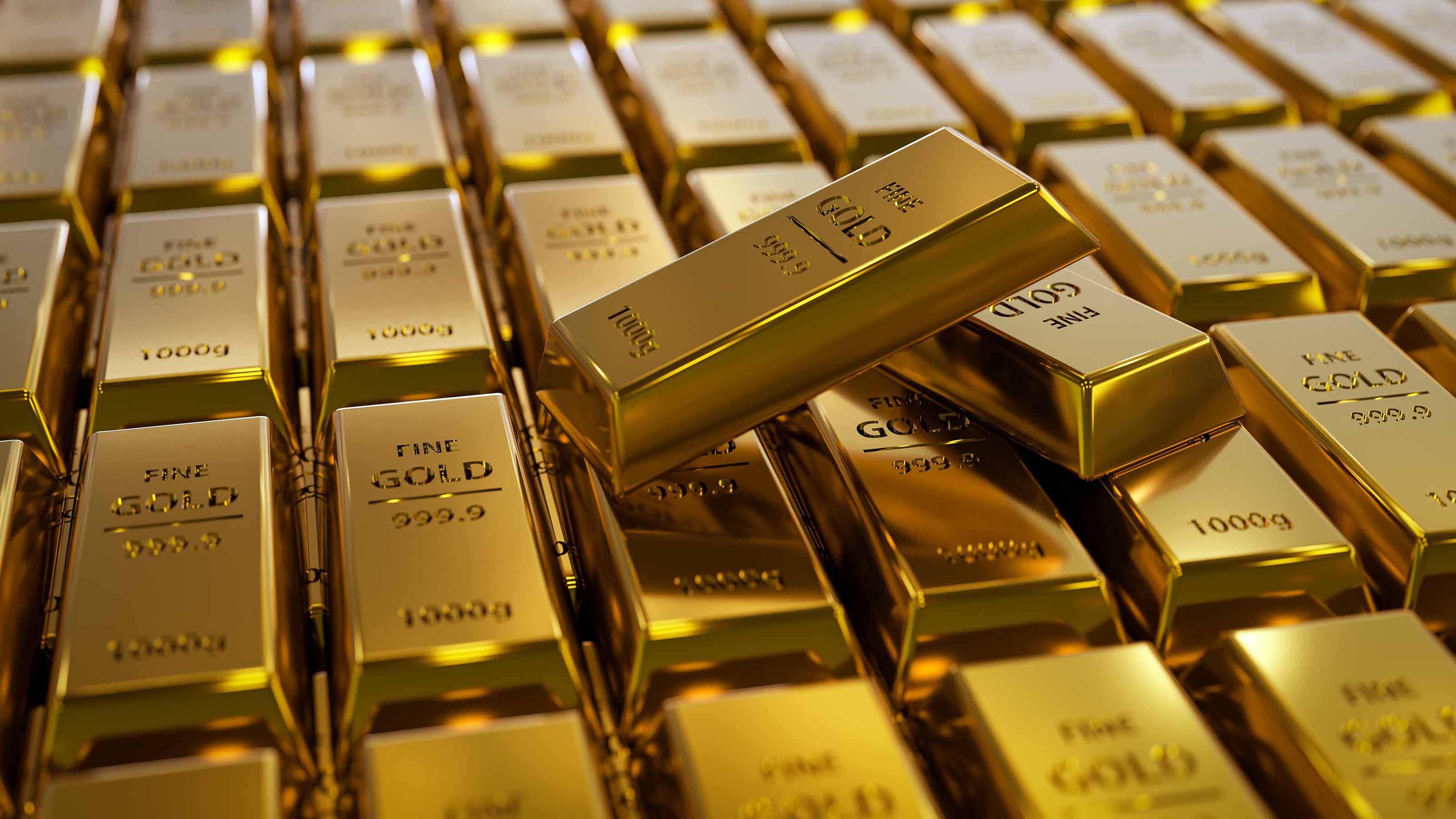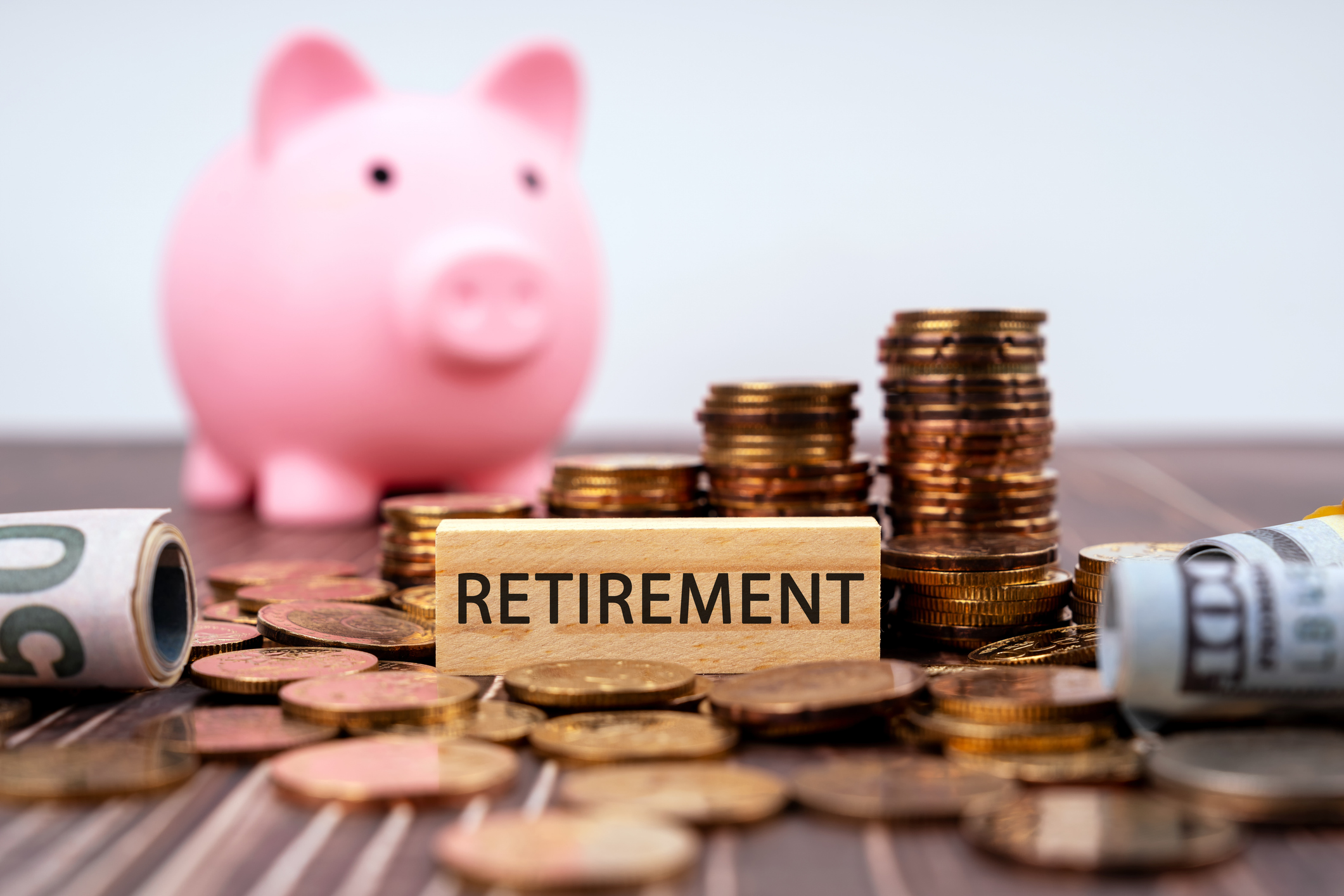What Do With the Stinkers in Your Investment Portfolio
My advice—buy, sell or hold—on some of the world’s most out-of-favor categories.

Shares of large companies, as measured by Standard & Poor’s 500-stock index, have had a great run since bottoming on March 9, 2009. Despite losing 19.3% over the past year, the index has since returned 241.3%, or 19.2% annualized. Over that same stretch, Barclays U.S. Aggregate Bond index has returned a not-too-shabby 4.5% annualized. But here’s the thing: Virtually everything you’ve done over the past three-to-five years to diversify beyond blue-chip U.S. stocks and high-quality bonds has hurt your portfolio’s performance.
I’ve made my share of mistakes. Perhaps the most egregious has been my steadfast bullishness toward emerging-markets stocks. And how have they performed? Over the past five years, the MSCI Emerging Markets stock index has lost an annualized 4.4%, compared with an annualized gain of 10.9% for the S&P 500. That’s a gap of 15.3 percentage points per year, on average. Yikes! (All returns in this article are through March 9.)
Diversification, as most of you know, is the one free lunch in investing. By holding different types of investments, you’ll own some that will zig while others zag. As a result, you can earn higher returns while smoothing the overall performance of your portfolio, effectively reducing its risk.
From just $107.88 $24.99 for Kiplinger Personal Finance
Become a smarter, better informed investor. Subscribe from just $107.88 $24.99, plus get up to 4 Special Issues

Sign up for Kiplinger’s Free Newsletters
Profit and prosper with the best of expert advice on investing, taxes, retirement, personal finance and more - straight to your e-mail.
Profit and prosper with the best of expert advice - straight to your e-mail.
That’s the theory. But academic theory doesn’t always translate into the desired investment results. All too often, efforts to diversify can “diworsify” your portfolio. Let’s look at a handful of diversifiers that are currently in the doghouse. I’ll give my thoughts on which I think you should dump, which you should hold onto, and which you might want to buy more of.
Emerging-markets stocks and bonds. Developing countries have younger labor forces than established nations, have a lot of people willing to work for low wages, and, on average, boast faster growth than developed economies. Plus, the Internet has made remote places a mouse click away. But many emerging nations are big commodity producers, and they’ve been damaged by slowing growth in China. Plus, corruption and the absence of truly free economic systems have hurt (think Russia and Venezuela, for instance). On top of those factors, a soaring dollar has inflicted terrible damage on U.S. investors. Over the past 12 months alone, emerging-markets stocks tumbled 15.6%, and emerging-markets bonds denominated in local currencies surrendered 4.1%.
My advice: Don’t overdo these volatile beasts. Don’t put more than 10% of your stock money in them. If you have more than that, trim your position. But the bulk of the dollar’s rise is behind us, and these stocks, at an average price-earnings ratio of 11, are too cheap to overlook. A good fund, such as Harding Loevner Emerging Markets Advisor (symbol HLEMX), should pay off, but you’ll have to be patient. The same goes for emerging-markets bonds. My favorite no-load fund is TCW Emerging Markets Income I (TGEIX). The fund, which invests in both dollar-denominated bonds and local-currency debt, yields 5.4%. (The Harding Loevner fund is a member of the Kiplinger 25.)
Foreign stocks in developed markets have been singing the blues for different reasons. Europe faces what seems like unending challenges spurring growth in most of its economies. Japan has been in the doldrums for decades. Both Europe and Japan suffer from rapidly aging work forces. (Immigration may save the U.S. from that fate.) Both also tend to favor workers over capital, with rules, for example, that make it hard to fire employees—and investors have noticed. The MSCI EAFE index, which tracks stocks of large companies in developed foreign markets, trailed the S&P 500 by an average of 8.9 percentage points over the past five years.
But don’t throw in the towel. Foreign stocks and U.S. stocks have long taken turns leading the markets over periods that can last for years. There’s no reason to think that will change. Besides, foreign stocks are cheaper than domestic stocks based on such measures as P/E ratios and dividend yields. I suggest putting 15% of your stock money in developed overseas stocks. My picks are value-oriented Oakmark International I (OAKIX) and the more growth-oriented Harbor International (HIINX).
As a result of burgeoning supplies of oil and other commodities, along with shriveling demand, especially from China, prices of most commodities have plummeted. Thanks to the fracking boom, the U.S. has for the first time in decades become a net exporter of oil and natural gas. Traders, wisely suspicious of Beijing’s official economic statistics, have viewed the plunge in commodity prices as a window into just how weak the Chinese economy really is. My hunch is that the decline in commodity prices reflects huge bets by traders as much as it does basic supply and demand factors.
Whatever the cause, the losses are astonishing. As recently as 2014, oil seemed destined to trade above $100 per barrel forever. Even with the recent rebound, the price is just $38. Since May 2008, the S&P Goldman Sachs Commodity index has tumbled an annualized 17.5%. For reasons that are too complex to explore in this article, exchange-traded funds that are designed to track commodity prices are likely to do poorly regardless of what happens to those prices. Please read Why Commodities are Bad Investments if you have even the slightest temptation to buy a commodity ETF—or to hold onto one you already own.
Investing in stocks that depend upon a healthy commodity sector is another matter. We all know that holiday decorations and snow shovels are cheapest in midsummer. So it is with commodity stocks: The time to buy them is when oil, gas and other commodities are dirt-cheap. And that time is today. My two favorite funds for investing in commodity stocks are T. Rowe Price New Era (PRNEX), a mutual fund, and the exchange-traded Vanguard Energy ETF (VDE). Shawn Driscoll, New Era’s manager, runs a widely diversified fund that invests in chemical and industrial companies, as well as oil and gas firms. The Vanguard fund sticks to an index of U.S. energy firms.
Stocks of small companies, the academics say, should produce better long-term results precisely because they are more volatile than stocks of large companies and because small companies are capable of growing more quickly than big firms. And over the long term, they have. But what have they done for you lately? Not much. So far this year, the small-cap Russell 2000 index trails the S&P 500 by 3.1 percentage points. Over the past five years, the Russell index has lagged the S&P by an average of 3.9 percentage points per year.
The good news is that P/Es for small-cap stocks are, for the first time in years, in line with P/Es for large-cap stocks, according to the Leuthold Group, a Minneapolis-based investment research firm. So this seems like a reasonable time to put a generous slug of your stock money—say, 10% to 15%—in small-cap stocks. I like T. Rowe Price QM U.S. Small-Cap Growth Equity (PRDSX), a member of the Kiplinger 25, and Vanguard S&P Small-Cap 600 Index ETF (VIOO).
My bottom line: Don’t give up on diversification. Over time, it’ll pay off. The most important key to successful investing is patience—and this is one of the times that you need a whole lot of it.
Steve Goldberg is an investment adviser in the Washington, D.C., area.
Profit and prosper with the best of Kiplinger's advice on investing, taxes, retirement, personal finance and much more. Delivered daily. Enter your email in the box and click Sign Me Up.

-
 Vesting, Catch-Ups and Roths: The 401(k) Knowledge Quiz
Vesting, Catch-Ups and Roths: The 401(k) Knowledge QuizQuiz Test your understanding of key 401(k) concepts with our quick quiz.
-
 Why You Should Pay Attention to Company Guidance
Why You Should Pay Attention to Company GuidanceUnderstanding how corporate profit forecasts affect analysts’ estimates and stock ratings can help you make investment decisions.
-
 How to Protect Yourself and Others From a Troubled Adult Child
How to Protect Yourself and Others From a Troubled Adult ChildThis case of a violent adult son whose parents are in denial is an example of the extreme risks some parents face if they neglect essential safety precautions.
-
 How Inflation, Deflation and Other 'Flations' Impact Your Stock Portfolio
How Inflation, Deflation and Other 'Flations' Impact Your Stock PortfolioThere are five different types of "flations" that not only impact the economy, but also your investment returns. Here's how to adjust your portfolio for each one.
-
 Why I Still Won't Buy Gold: Glassman
Why I Still Won't Buy Gold: GlassmanOne reason I won't buy gold is because while stocks rise briskly over time – not every month or year, but certainly every decade – gold does not.
-
 Should You Use a 25x4 Portfolio Allocation?
Should You Use a 25x4 Portfolio Allocation?The 25x4 portfolio is supposed to be the new 60/40. Should you bite?
-
 Retirement Income Funds to Keep Cash Flowing In Your Golden Years
Retirement Income Funds to Keep Cash Flowing In Your Golden YearsRetirement income funds are designed to generate a reliable cash payout for retirees. Here are a few we like.
-
 10 2024 Stock Picks From An Investing Expert
10 2024 Stock Picks From An Investing ExpertThese 2024 stock picks have the potential to beat the market over the next 12 months.
-
 Special Dividends Are On The Rise — Here's What to Know About Them
Special Dividends Are On The Rise — Here's What to Know About ThemMore companies are paying out special dividends this year. Here's what that means.
-
 How to Invest in AI
How to Invest in AIInvestors wanting to know how to invest in AI should consider these companies that stand to benefit from the boom.
-
 Why I Still Like Emerging Markets
Why I Still Like Emerging MarketsPeriods of global instability create intriguing possibilities in emerging markets. Here are a few.